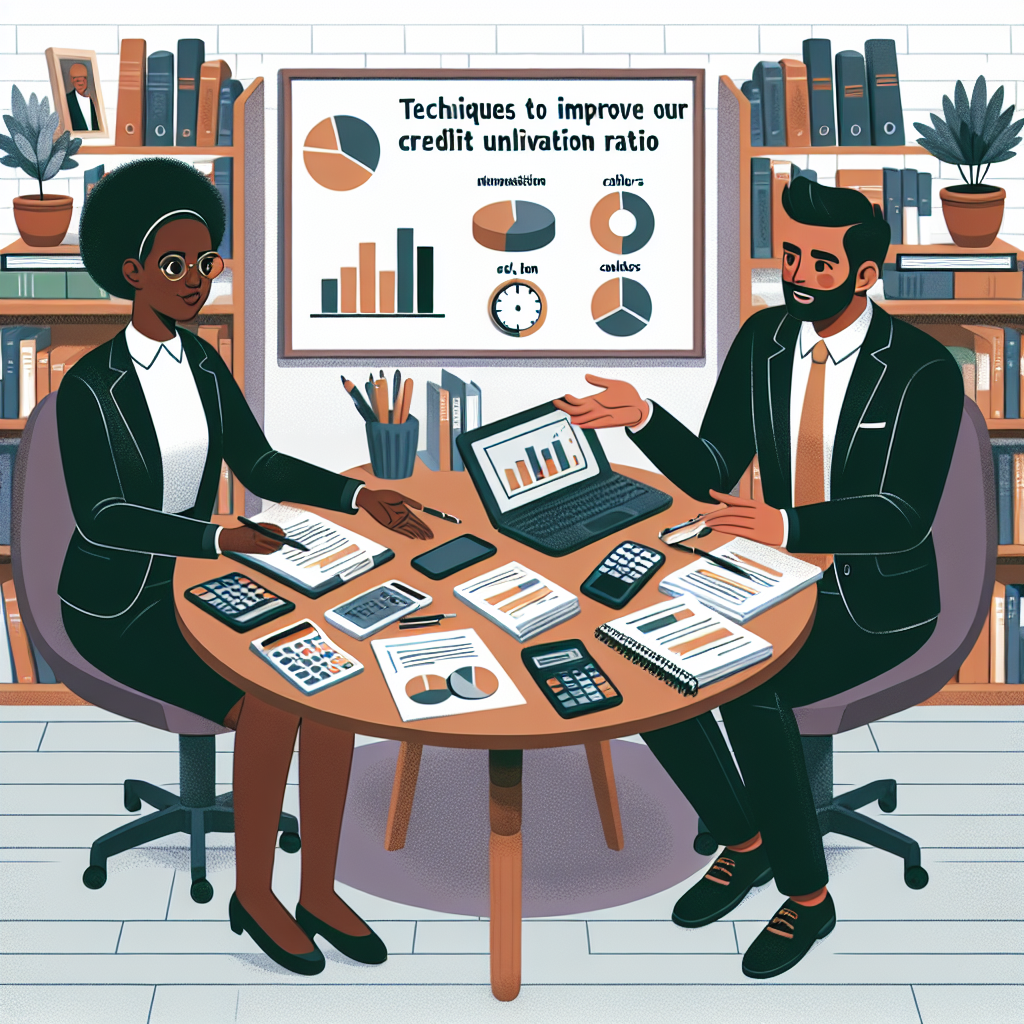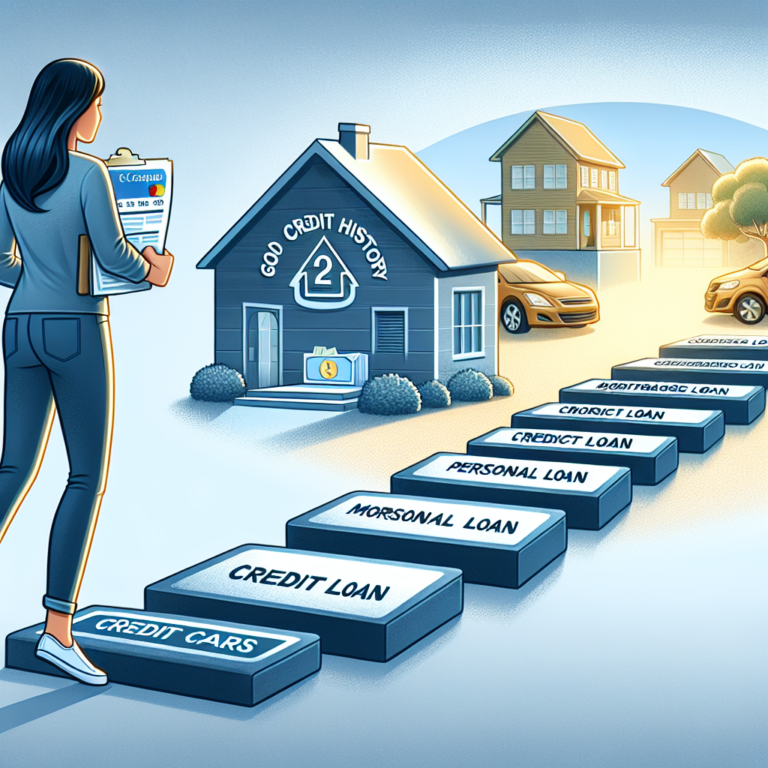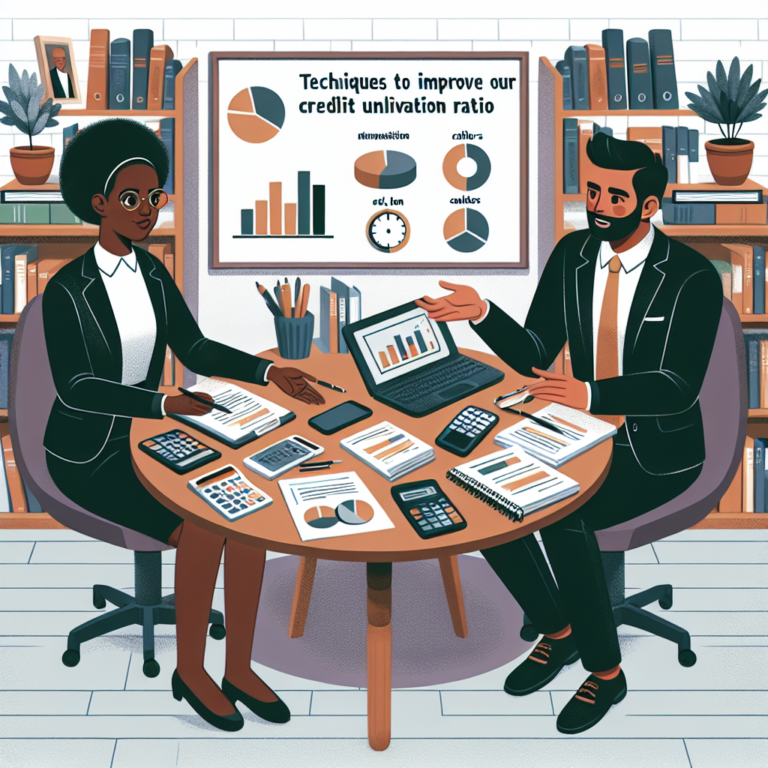Techniques to Improve Your Credit Utilization Ratio
Your credit utilization ratio plays a crucial role in determining your credit score, impacting your ability to secure loans, credit cards, and other financial products. Essentially, this ratio measures the amount of your available credit that you’re using at any given time, and it accounts for about 30% of your overall credit score. A lower credit utilization ratio generally indicates responsible credit use and can help boost your score. Here, we’ll explore various techniques to help improve your credit utilization ratio, leading to a healthier financial future.
Understanding Credit Utilization Ratio
The credit utilization ratio is calculated by dividing your total credit card balances by your total credit limits. For instance, if you have a total credit limit of $10,000 and your current balances amount to $2,500, your credit utilization ratio would be 25%.
Most financial experts recommend keeping your credit utilization ratio below 30%. Going above this limit can signal to creditors that you might be overextending yourself financially. Lowering your ratio is a smart strategy for improving your credit score.
1. Pay Down Balances Strategically
One of the most effective ways to improve your credit utilization ratio is to pay down your credit card balances. Focus on paying off smaller balances first, as this can quickly reduce the number of accounts with a balance, positively impacting your score. Additionally, prioritize paying off high-interest debt to save on interest payments while lowering your balances.
2. Increase Your Credit Limits
Another tactic is to request an increase in your credit limits. This can be done by contacting your credit card issuers and asking for a limit increase. However, this strategy works best if you don’t incur additional debt. Increasing your limits without increasing your spending will lower your credit utilization ratio. Be cautious, though, as this can sometimes result in a hard inquiry on your credit report, potentially causing a temporary dip in your score.
3. Spread Out Your Charges
If you have multiple credit cards, spread your charges across these accounts rather than maxing out a single card. This helps keep individual credit utilization rates low. For instance, instead of charging $2,000 on one card with a $2,500 limit (which results in an 80% utilization on that card), you could charge $1,000 on two different cards with $2,500 limits each (resulting in a 40% utilization on each card).
4. Timing Your Payments
Many people only make payments once a month when they receive their billing statement. However, if possible, consider making multiple payments throughout the month. This can help keep your balance lower, as credit card issuers typically report your balance at the end of your billing cycle. By keeping your balance low at the time of reporting, you can effectively reduce your credit utilization ratio.
5. Keep Old Accounts Open
Closing old credit card accounts can hurt your credit utilization ratio by reducing your total available credit. Even if you no longer use certain cards, keeping them open helps maintain a higher total credit limit. Just make sure to use the card occasionally to prevent the issuer from closing it due to inactivity. A good practice is to set up a small recurring charge on old cards and pay it off each month.
6. Utilize Balance Transfers
Balance transfer offers can be an effective way to lower your credit utilization ratio, especially if you transfer balances from high-interest cards to a new card with a lower interest rate or even a promotional 0% APR. This can give you additional breathing room to pay down your balances more quickly. However, be wary of balance transfer fees and make sure you can pay off the balance before the promotional rate expires to avoid high-interest charges.
7. Automate Payments
Automation can be your best friend when it comes to managing your credit utilization effectively. Set up automatic payments to ensure you never miss a payment, which can lead to penalties and higher interest rates. Additionally, automate extra payments towards your highest interest balances to help accelerate debt reduction.
8. Track Your Spending and Budget
Having a detailed understanding of your spending patterns can help you manage your credit utilization ratio more effectively. Use budgeting tools or apps to track where your money goes each month. Once you identify areas where you might be overspending, you can take steps to cut back and allocate more funds towards paying down your credit card balances.
9. Review Your Credit Report
Errors on your credit report can unfairly skew your credit utilization ratio. Regularly review your credit reports from all three major credit bureaus (Experian, Equifax, and TransUnion) to ensure all the information is accurate. If you find any discrepancies, dispute them promptly to have incorrect information removed, which may positively impact your ratio and credit score.
10. Consider Personal Loans
Consolidating your credit card debt into a personal loan can improve your credit utilization ratio since personal loans are considered installment debt, not revolving debt. By paying off your credit card balances with a personal loan, you’ll reduce your revolving credit utilization. Just make sure you have a solid repayment plan in place to manage the personal loan effectively.
Conclusion
Your credit utilization ratio is a vital element in maintaining a healthy credit score. By employing these techniques—paying down balances, increasing credit limits, timing payments, keeping old accounts open, utilizing balance transfers, automating payments, tracking spending, reviewing credit reports, and considering personal loans—you can effectively manage and improve your ratio. A lower credit utilization ratio not only enhances your credit score but also opens up opportunities for better financial products and interest rates in the future. Take control of your credit utilization today to pave the way for a more secure financial tomorrow.





